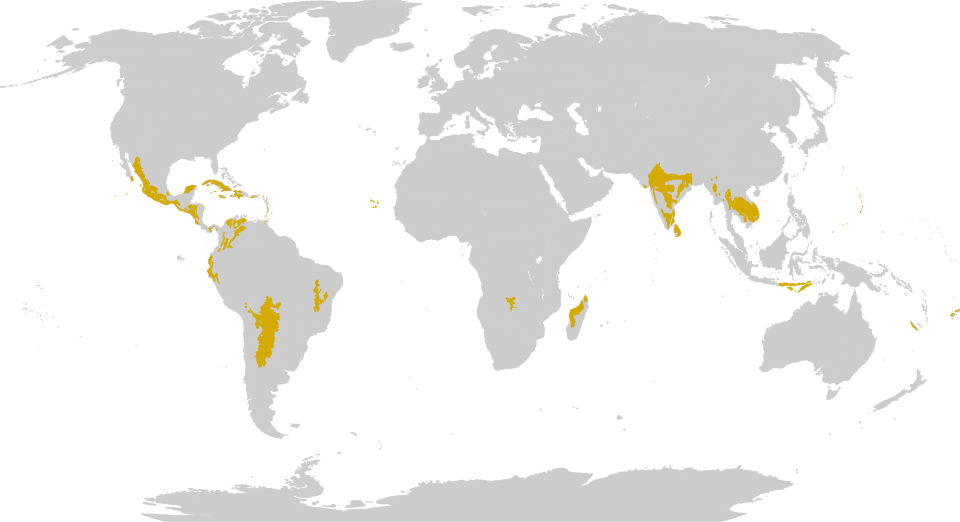Temperate coniferous forests (TCF)
- Shanti Bants
- Aug 26
- 2 min read
Temperate evergreen forests are unique ecosystems located in regions characterised by warm summers and cool winters. These forests exhibit a remarkable diversity in plant life, ranging from needleleaf trees, which are well-adapted to withstand colder temperatures, to broadleaf evergreen trees that thrive in milder conditions. Additionally, many temperate evergreen forests feature a combination of both tree types, creating a rich tapestry of biodiversity that supports various wildlife species. This ecological variety is essential for maintaining the health and resilience of these forests, as it allows them to adapt to changing environmental conditions and disturbances.
In contrast to temperate coniferous forests, a distinct habitat type known as tropical coniferous forests exists in regions with more humid and warmer tropical climates, showcasing different species and ecological dynamics.

Temperate coniferous forests are particularly prevalent in coastal areas where the climate is characterised by mild winters and significant rainfall. These conditions foster the growth of numerous tree species, including iconic varieties such as pine, cedar, fir, and redwood. Each of these species contributes uniquely to the forest's structure and function. For instance, redwoods are renowned for their towering heights, making them some of the tallest trees in the world. In addition to the dominant tree species, the understory of these forests is rich with a diverse array of herbaceous plants and shrubs, which play crucial roles in the ecosystem. The combination of these elements not only supports a variety of wildlife but also contributes to the overall biomass of the forest, making temperate coniferous forests some of the most productive terrestrial ecosystems on the planet.
Structurally, temperate coniferous forests are generally characterised by a relatively simple organisation, typically consisting of two primary layers: the over-story, which is formed by the taller trees, and the understory, which includes smaller trees, shrubs, and various herbaceous plants. In some cases, these forests may also support a distinct layer of shrubs that adds complexity to the ecosystem. For example, in pine forests, the ground layer is often dominated by grasses and forbs, which are not only ecologically important but also play a significant role in the occurrence of wildfires. These fires, while sometimes destructive, can be beneficial in maintaining the health of the forest by clearing out underbrush and promoting new growth. Conversely, the moist conditions prevalent in temperate rainforests create an environment where ferns and certain forbs can flourish, leading to a lush and vibrant understory that supports a wide range of wildlife.
Overall, the intricate relationships between the various layers of vegetation, along with the unique climatic conditions of temperate evergreen forests, contribute to their ecological significance. These forests not only provide habitat for numerous species but also play a vital role in carbon sequestration, soil stabilisation, and water regulation, underscoring their importance in the broader context of global ecology.





Comments